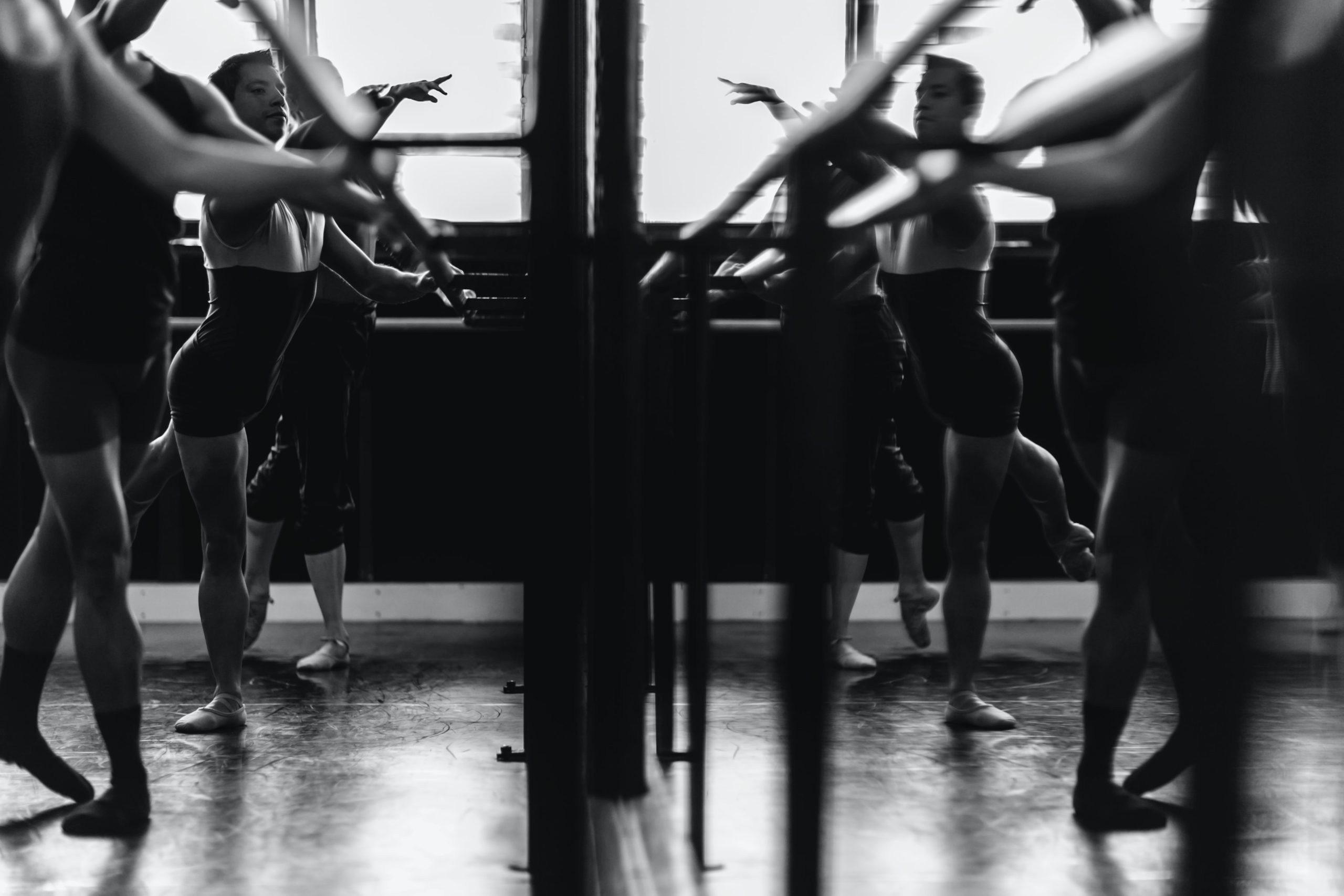Pedagogy is understood as an approach to teaching and the theories and practices of learning. As many theories change over time, and after persevering through a pandemic, how has pedagogy within the performing arts evolved over time?
Dr. Norma Sue Fisher-Stitt, a professor in the dance department, explains that, “the resources available to students have increased dramatically. How teachers and students interact also has shifted. My own training occurred in an authoritarian environment — this approach, while still found in some places, is no longer considered to be acceptable, especially in higher education. I personally adhere to the philosophy that we are all teachers and we are all students, all the time. I learn as much from my students (maybe more) as they learn from me.”
Fisher-Stitt trained at Canada’s National Ballet School and then performed with the National Ballet of Canada before coming to York to pursue her BA in Dance. She began teaching in the studio after her graduation and then went on to complete her master’s degree at York and her doctorate at Temple University.
“In the dance program, we have introduced core values this year that are foundational to creating, teaching, and learning spaces that are equitable, empowering, inspired, and inspiring. The emphasis now placed on the equity, diversity, and inclusion strategy (EDI) is having an important impact on how we teach and learn as well as on what we teach and learn,” says Fisher-Stitt.
Dr. Jennifer Bolt, a professor in the dance department, adds that, “while my general values and beliefs associated with my evolving teaching philosophy centred around performing arts health and well-being have not wavered in the past two decades, I do feel that encouraging self-care and mindfulness have never been more important than now.”
“Not only has the performing arts community started to embrace the importance of EDI in a way that seeks to move from theory to practice, I believe we are now seeing the impact of new attentiveness to the performing arts students’ overall sense of self and self-care in a new light. This is not to say there is much work to be done,” says Bolt.
Bolt has been working at York with the faculty of arts, media, performance, and design since 2001 and with the faculty of education since 2012. She has received a joint honours undergraduate degree from the University of Waterloo and National Ballet School Teacher Training Program in 1991, her masters degree on dance and perfectionism from York in 2001, and her PhD from the faculty of education in 2016 on the Canadian Fine Arts Dance Major in transition.
“We have only scratched the surface of facilitating performing arts practices and pedagogies that address the whole person. 20 years ago, when I felt that my pedagogical intention was to ensure all members of my classroom space in the performing arts could use their daily physical practice as a means towards optimal health, not just to become a professional in the industry, was unusual. Now, I feel a stronger awareness of this goal inside and outside the university in the performing arts,” explains Bolt.
Fisher-Stitt feels that while there is an increased presence of online teaching and learning, the shift to online was very challenging in the performing arts. “Theory courses can be taught effectively online, but studio courses are more difficult. Teaching dance in a studio usually involves physical contact as well as interaction between the teacher and the participants. Having said that, the increased acceptance of virtual classes and meetings has improved access for many.”
Bolt believes that dancing in our homes during the pandemic recruited new levels of dedication, patience, and motivation to continue and not lose collective focus on what matters to the arts.
“I feel that performing arts teachers embraced the virtual dance experience, not only out of necessity, but managed to consider what new insights into one’s daily physical practice could be explored. This was a powerful pivot from the luxury of dancing in a communal space,” adds Bolt.
Fisher-Stitt explains that while the skills that were developed online during the pandemic can be applied in many ways, such as an increased access to materials, streaming workshops and classes, as well as offering accessible opportunities for people to observe and participate, in-person experiences will also have value and necessity, and envisions a future of hybrid learning.
“Personal interactions are foundational to the performing arts and we don’t want to lose the energy and collaborations that emerge when we physically experience shared spaces. In-person classes continue to be needed and wanted,” says Fisher-Stitt.
Bolt shares Fisher-Stitt’s vision of accessibility through hybrid education, adding that, “I feel as though our current students are going to pave the way for a performing arts pedagogy that is not afraid to incorporate technology and more specifically, virtual instruction in the classroom in a way that will include those with disabilities.”
“Universities around the globe benefited from technologies originally developed by and for those with disabilities. I see new opportunities for the performing arts to develop and embrace pedagogies that are more sensitive and inclusive of those with physical disabilities that may not otherwise have been included in our pre-professional and professional training prior to the pandemic,” concludes Bolt.


